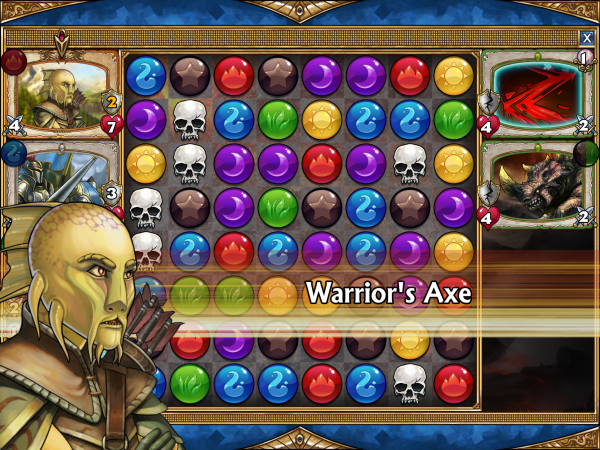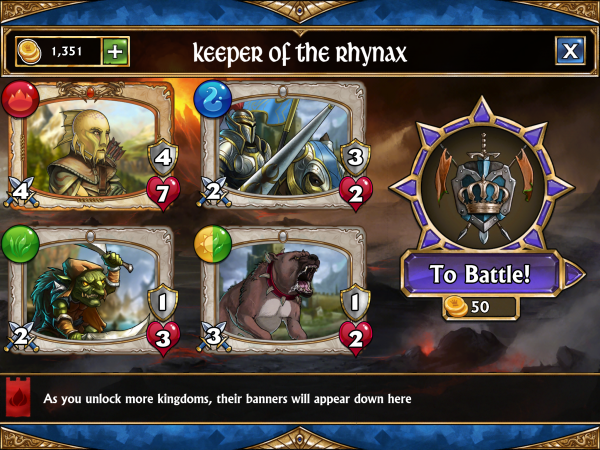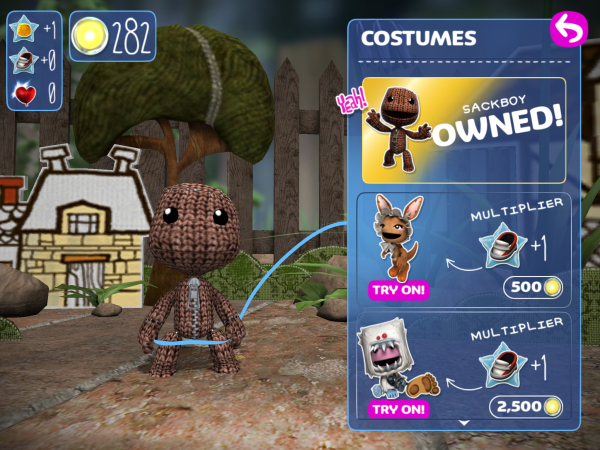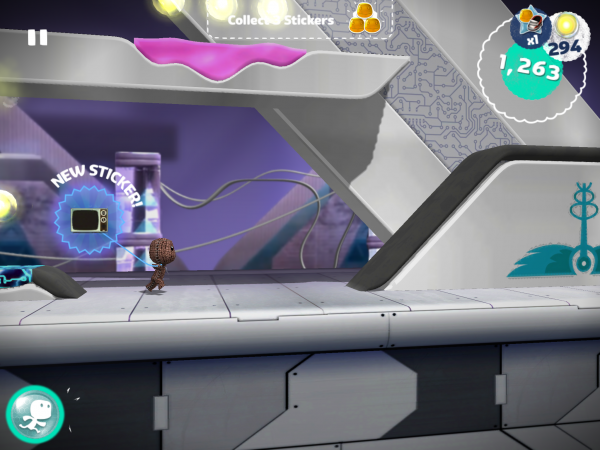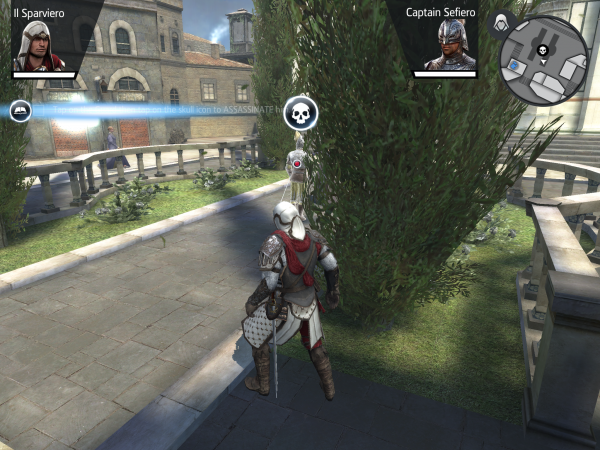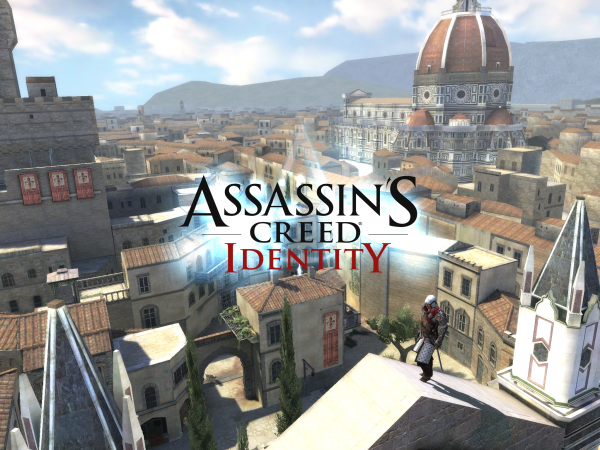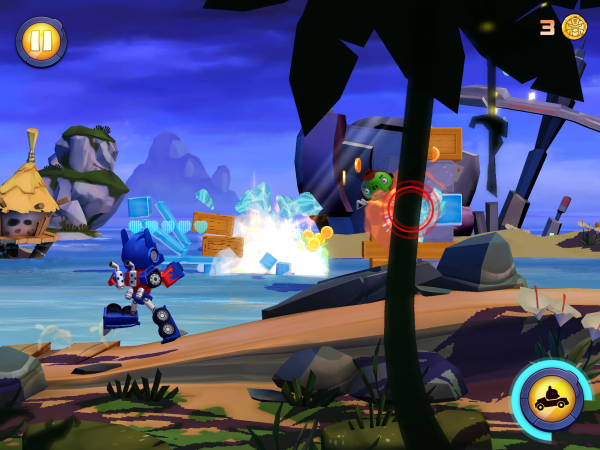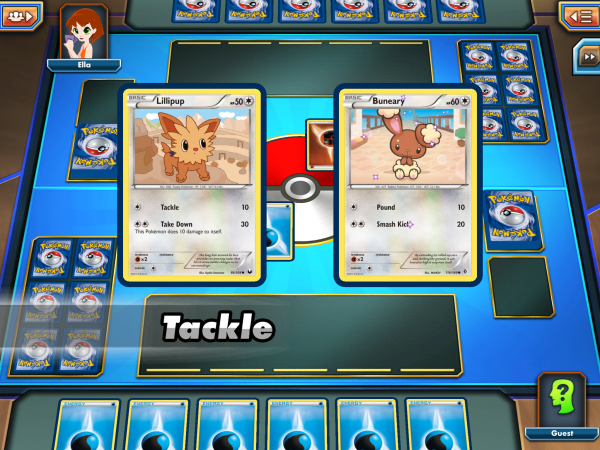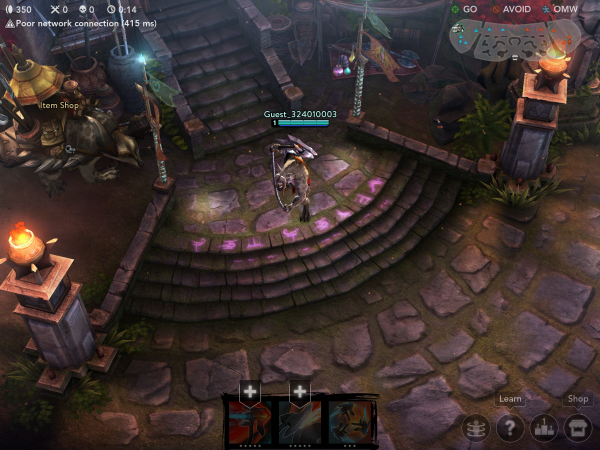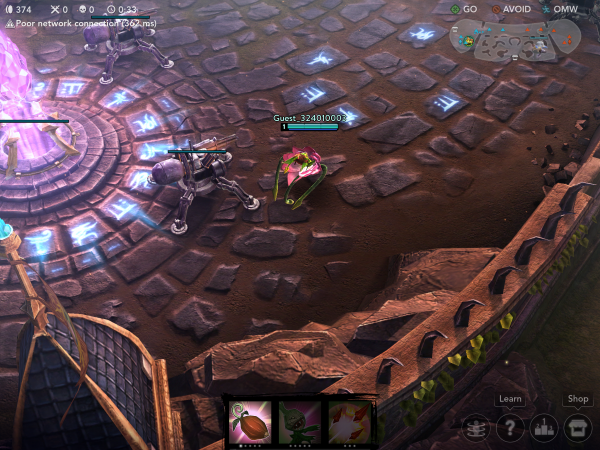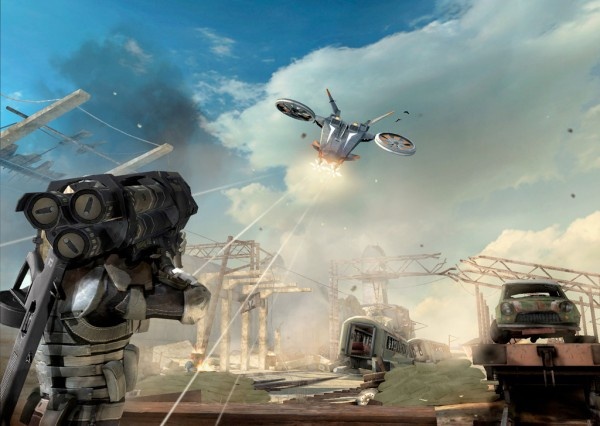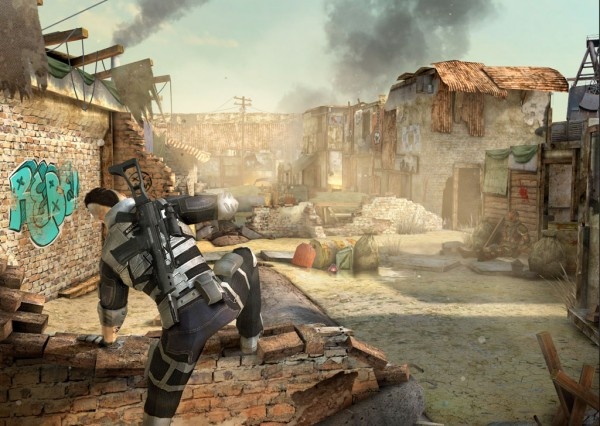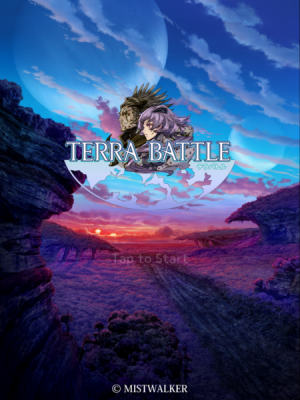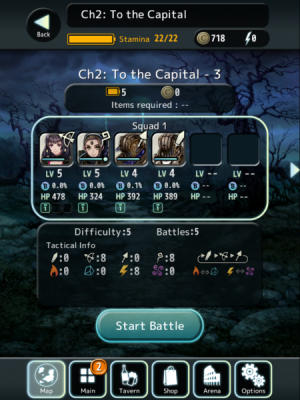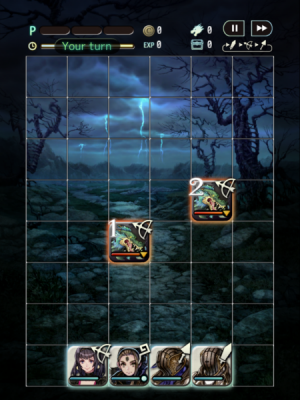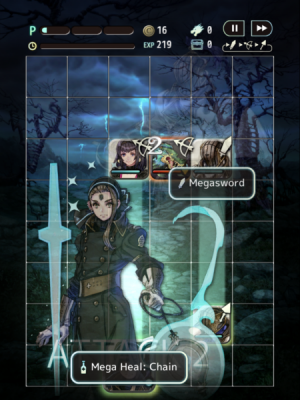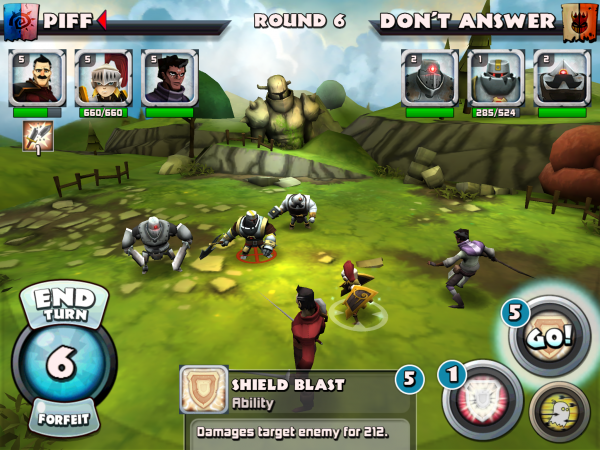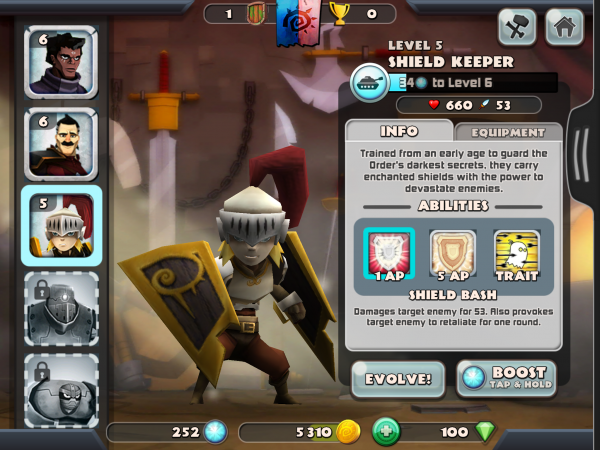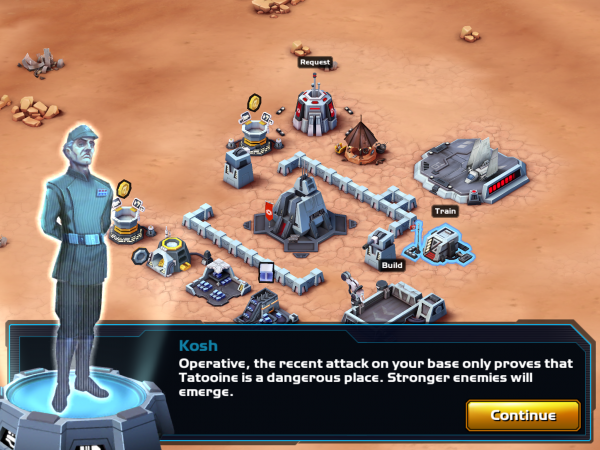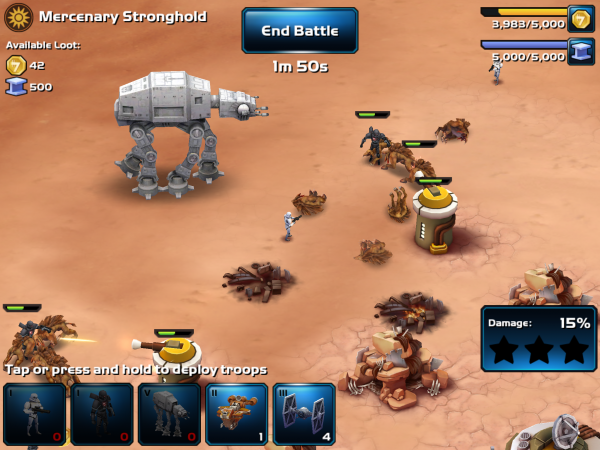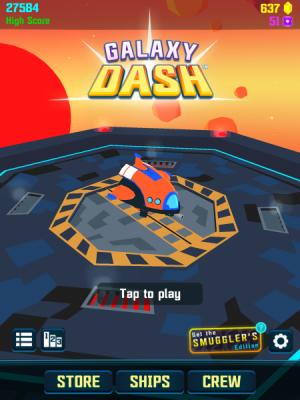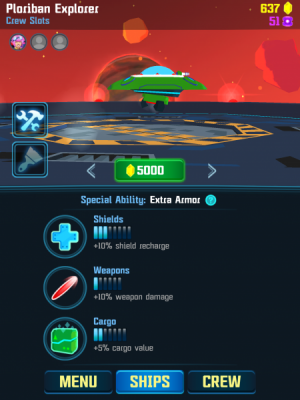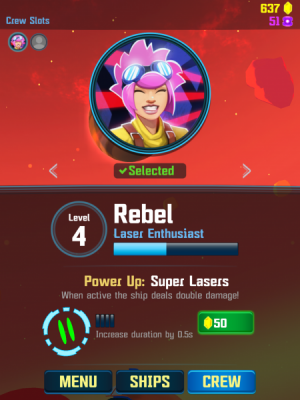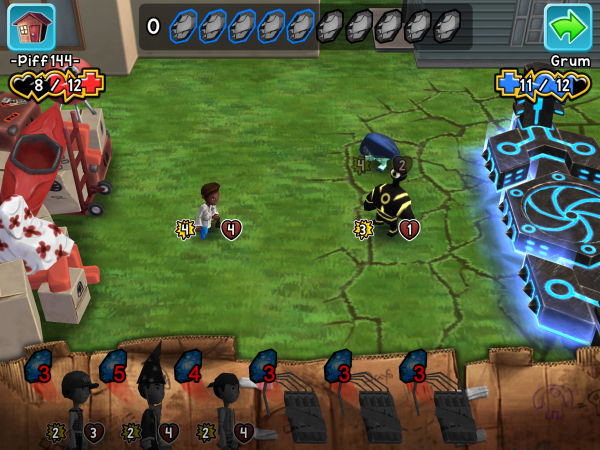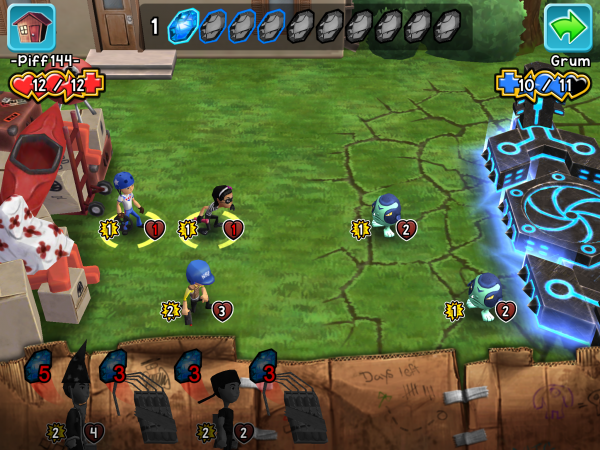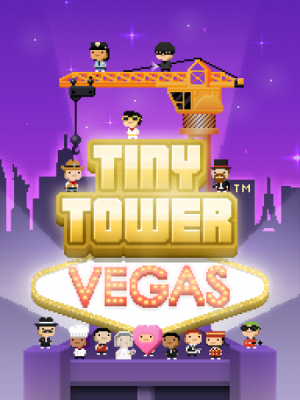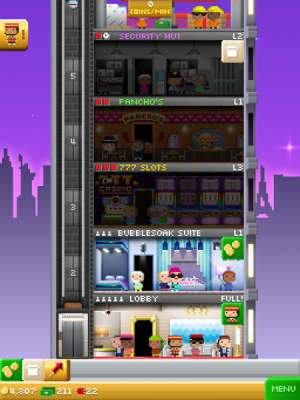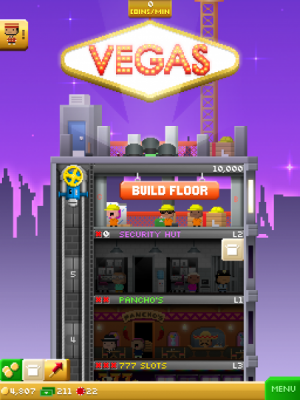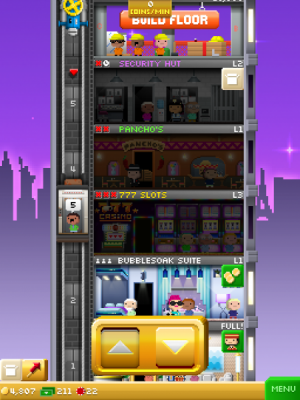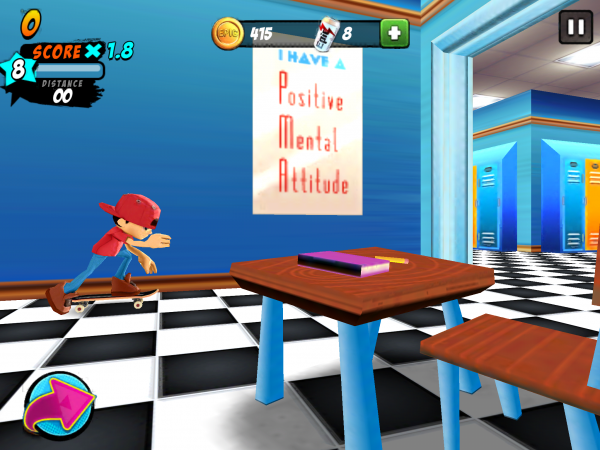It Came From Canada: Seabeard
Aside from a Pokémon spin-off or two, it doesn’t look like Nintendo will be putting out games on the App Store any time. However, that just leaves room for other companies to try to fill that void. Neither rip-off nor clone, Seabeard instead feels like an homage to several acclaimed titles from the House of Mario. But is that the best thing it has going for it? We set sail for these and other answers in this edition of It Came From Canada!
Although it’s not entirely obvious at first, Seabeard is essentially a town-building game. As a little monarch, players attempt to rebuild their lost island kingdom of Accordia. So, to get the necessary resources and manpower, players travel across an expanding ocean map doing odd jobs for people and recruiting them to the cause. Tasks range from feeding and milking cows, convincing some burly brothers to build new houses, scaring away pesky foxes, pulling out roots, and catching a variety of exotic fish. Players go at their own pace though, finishing jobs when they feel like it. There’s nothing stopping them from just sitting down by the water or trying on some new outfits. While traveling from island to island, players must also play a sailing minigame like avoiding obstacles or shooting down targets with their cannon.
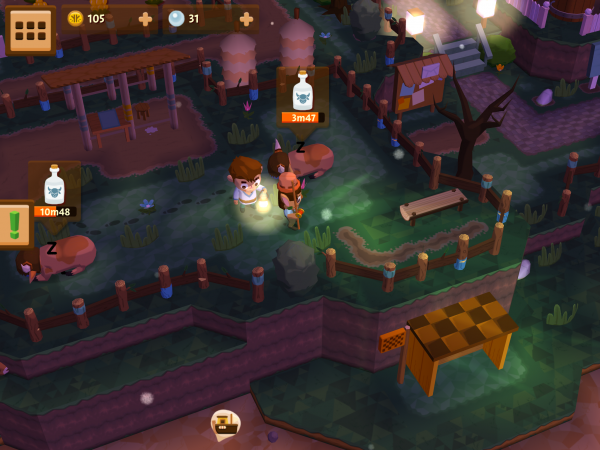
It’s relaxed, low-impact gameplay, and what really ties it all together is the equally mellow presentation. This is where the Nintendo feeling comes into play. The isometric perspective and cheery but not too energetic blocky, 3D, cartoon world recall Animal Crossing, as does the life-sim gameplay. However, with its whole nautical theme and big-eyed, pseudo-cel-shaded characters, there’s a lot of The Legend of Zelda: The Wind Waker in there too. But seeing as those are both beloved games, looking at them for inspiration was probably a smart move.
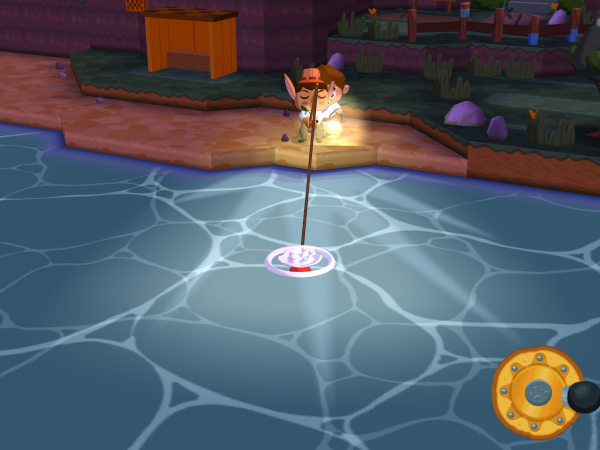
Seabeard looks to be a pleasant place to drift off into, like sinking your feet into the pool. Players can decide for themselves if they want to dive in when the game fully launches soon.



